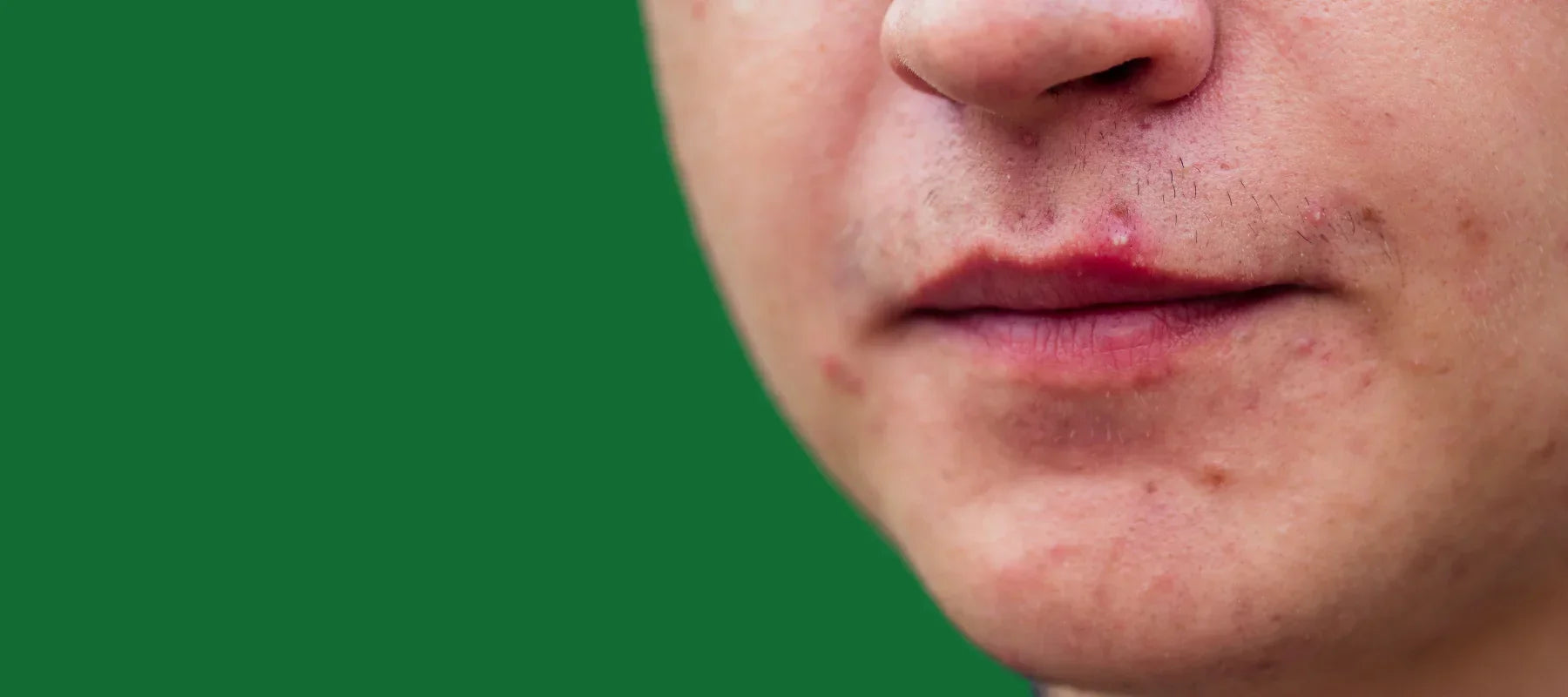
Understanding Cystic Pimples: Meaning, Causes, Treatment
Acne breakouts are a troubling skin concern for a large majority of people. But did you know that not every type of acne is the same? On the one hand, you will experience non-inflammatory acne like blackheads and whiteheads. But there’s also a risk of getting a cystic pimple, which is inflammatory. Scroll through this article to discover essential details about cystic acne on your skin.
Definition of cystic pimples
Cystic pimples are always swollen and are also super painful. White or yellow pus remains present inside these swollen and painful bumps. Like all other types of acne, cystic pimples are also due to oil and dead cells clogging pores.
But along with oil and dead cells, bacteria also block the pores to cause a cystic pimple. This bacterial infection is what causes the inflammation, and it eventually leads to pain. It’s imperative to remember that cystic pimples are one of the most serious forms of acne.
Since your face has a multitude of sebaceous glands, cystic acne is highly likely to appear on it. But your back, chest, neck, and butt are also key areas for cystic acne development. You might also notice these painful bumps on your shoulders and upper arms.
How do they differ from regular acne?
A cystic pimple is not the same as your regular whitehead or blackhead. The obvious point of difference is that cystic pimples are inflamed, while blackheads and whiteheads are not. But another form of acne called nodules can also cause pain and inflammation.
Moreover, nodules, as well as cystic pimples, can leave behind scars. So, is a cystic pimple the same as an acne nodule? The answer is no.
One sign of identifying cystic pimples is the yellow or white pus inside them. But nodules don’t come with any fluid. Therefore, nodules are a lot harder than cystic pimples on your skin.
Causes of cystic pimples
Now that you have a brief idea of what is cystic acne, let’s get into its causes:
- Hormonal imbalances: An individual is the most likely to experience cystic acne during their teenage years. The reason behind this is that the teenage years are characterised by hormonal imbalances. Hormonal changes due to menstruation and pregnancy are also responsible for cystic acne.
- Genetics: Individuals with a family history of cystic pimples are more likely to experience them.
- Diet and lifestyle factors: People who are more prone to consuming oily and junk food might get cystic pimples. Stress can also be another factor aggravating your cystic acne.
Also read: Exploring the Root Causes of Cystic Pimples: A Comprehensive Guide
Symptoms of cystic pimples
Some symptoms of cystic pimples on your skin can be:
- Painful and inflamed bumps on the skin: Inflammation is the key characteristic of cystic acne. Moreover, these swollen bumps are painful and super uncomfortable.
- Deep, underlying nodules: A few types of acne breakouts can appear on the surface of your skin. While a cystic pimple will also be visible on the surface of your skin, they start much deeper. These flare-ups originate several layers deep inside your skin.
- Potential scarring: Cystic pimples are often responsible for causing scarring because they appear deeper in the skin. The risk of scarring is even higher when you pop or squeeze the pimples, as it can push them even deeper. So, if you are trying to figure out how to get rid of cystic acne, popping or squeezing them can never be the right solution.
Also read: Understanding the Different Types of Acne on Your Face
Conclusion
If cystic pimples are bothering you are likely frantically searching for the right skincare products to tackle them. But remember that harsh skincare products can aggravate your cystic pimples. So, you might benefit from using a gentle cleanser like the Clearing & Calming Acne Face Wash. Embrace this foaming face wash for deep cleansing of your skin and also enjoy its soothing effect.
FAQs:
-
What does a cystic pimple on the skin look like?
A cystic pimple will appear as a red lump under the skin. They are swollen, which makes cystic acne painful. If you touch a cystic pimple, it will seem tender and crusty. Pus can often come out of the yellow or white openings of cystic pimples. The size of a cystic pimple can range from that of a pea to a dime.
-
Can I get rid of cystic acne by squeezing out the pus?
Cystic acne contains pus, which makes them swollen and painful. A lot of people with cystic acne get the urge to squeeze out pus from these bumps. But it’s a complete misconception that squeezing out the pus can remove cystic pimples. The truth is squeezing a cystic pimple can push it even deeper into the skin. As a result, it can take longer to go away and even leave a permanent mark on the skin. Keeping oneself away from popping or squeezing cystic acne is also essential for stopping bacterial infections on the skin, like cellulitis.
-
What are some complications associated with cystic pimples?
After your skin clears up from a cystic pimple, you might notice slight discolouration. The pigment of the skin at the site of the acne cyst can begin to lighten or darken. As a result, you might notice purple, pink, red, black, or brown spots. While these spots fade away, they might take a lot of time to disappear. The Dark Spot & Hyperpigmentation Correcting Power Serum can help deal with these spots faster.
-
What does getting cystic acne on cheeks mean?
Cystic acne on the cheeks often indicates hormonal imbalances, diet-related triggers, or bacteria buildup from pillowcases and phone screens. It may also be linked to stress or genetics. Proper skincare and lifestyle changes can help prevent recurring breakouts.
-
What is the best cystic acne spot treatment?
The Overnight Acne Spot Corrector from The Pink Foundry is an effective treatment for cystic acne. It works overnight to shrink breakouts, unclog pores, and reduce inflammation, promoting clearer skin.
-
What is cystic acne?
Cystic acne is a severe form of acne that develops deep under the skin, causing painful, red, pus-filled lumps. It results from clogged pores, excess oil, and bacterial infections and often leaves scars if not treated properly.
-
What is the main cause of cystic acne?
Hormonal fluctuations, which trigger excess oil production, are the primary cause of cystic acne. Other factors include genetics, stress, diet (dairy and high-glycemic foods), and bacterial infections. Proper skincare, diet adjustments, and treatments can help manage it.
-
How long does cystic acne last?
Cystic acne can last weeks to months, depending on its severity and treatment. Without proper care, it may worsen and leave scars. Using targeted treatments and maintaining a consistent skincare routine can help speed up healing.






















































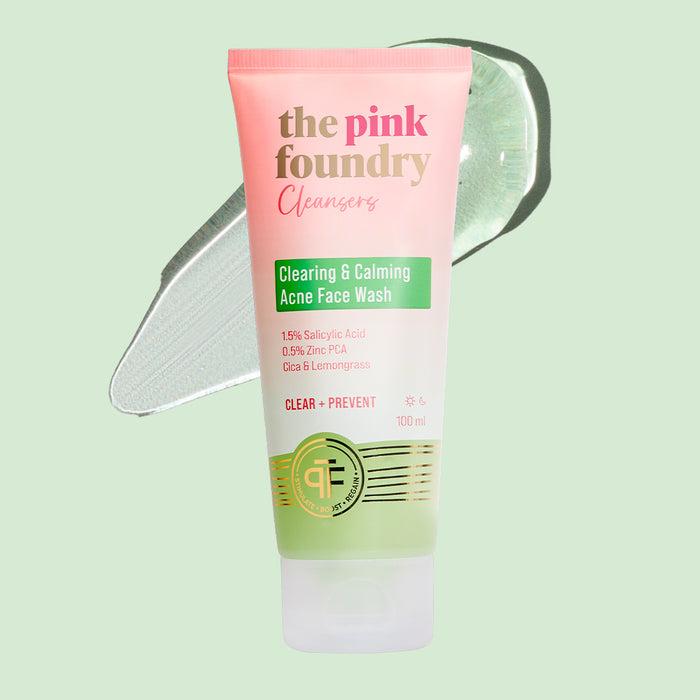
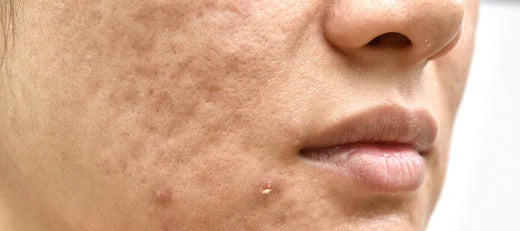
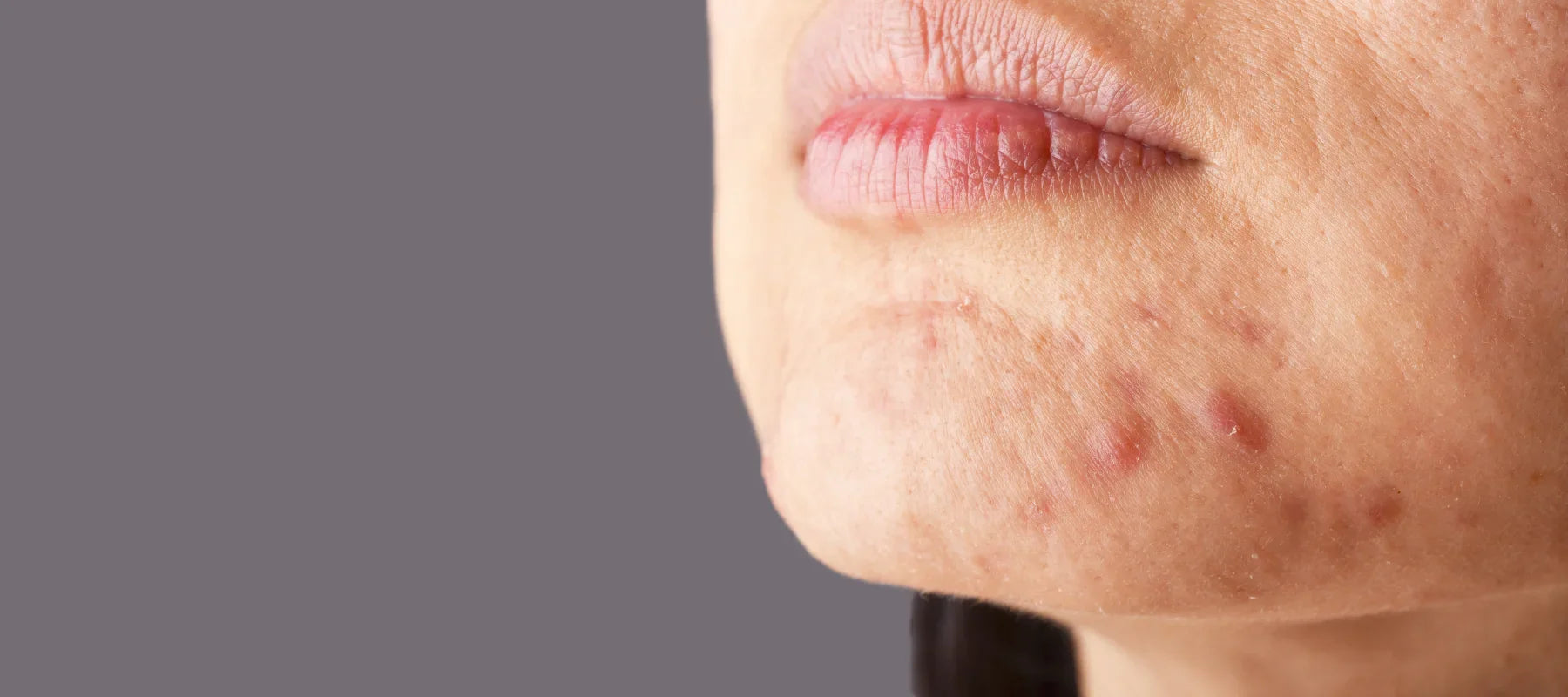
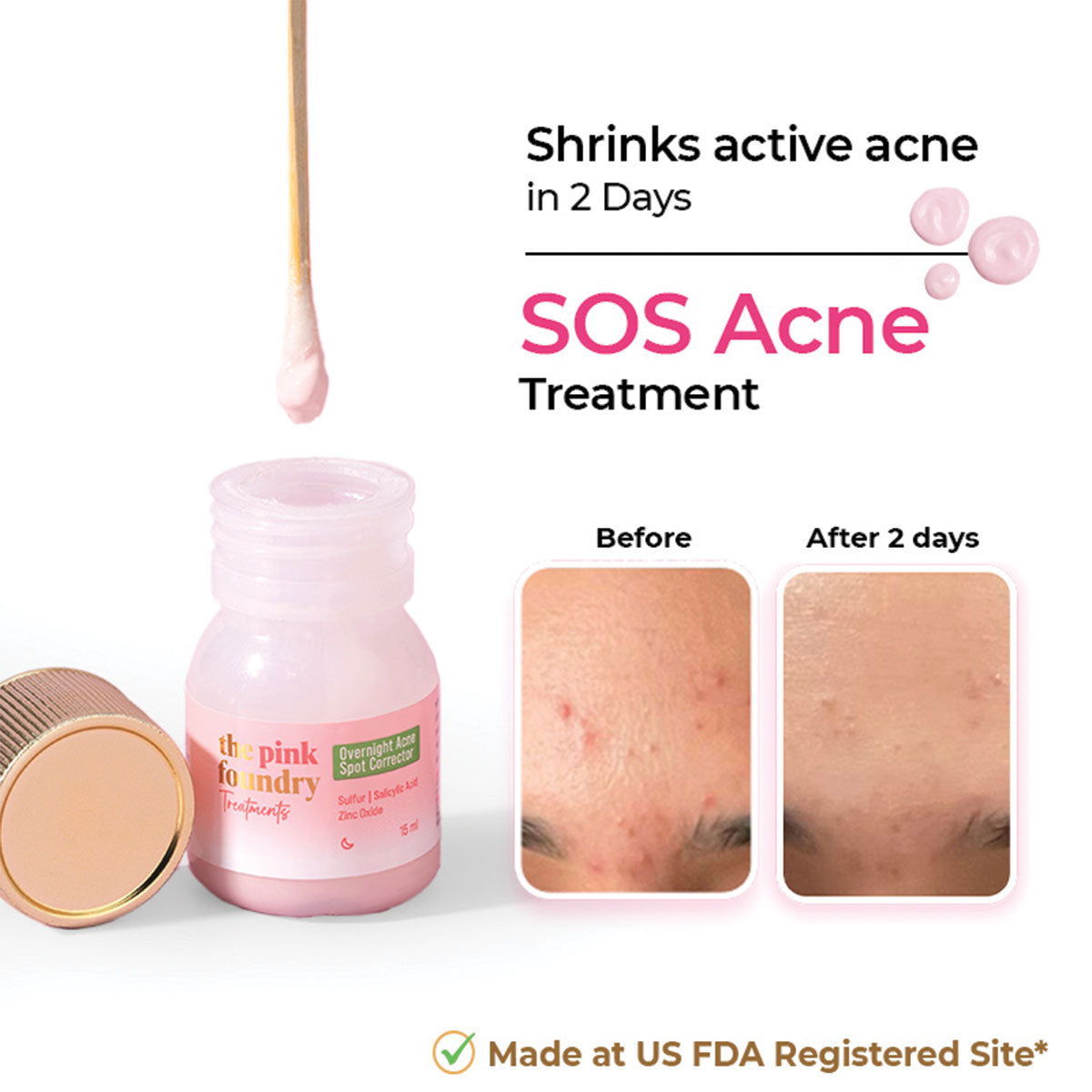
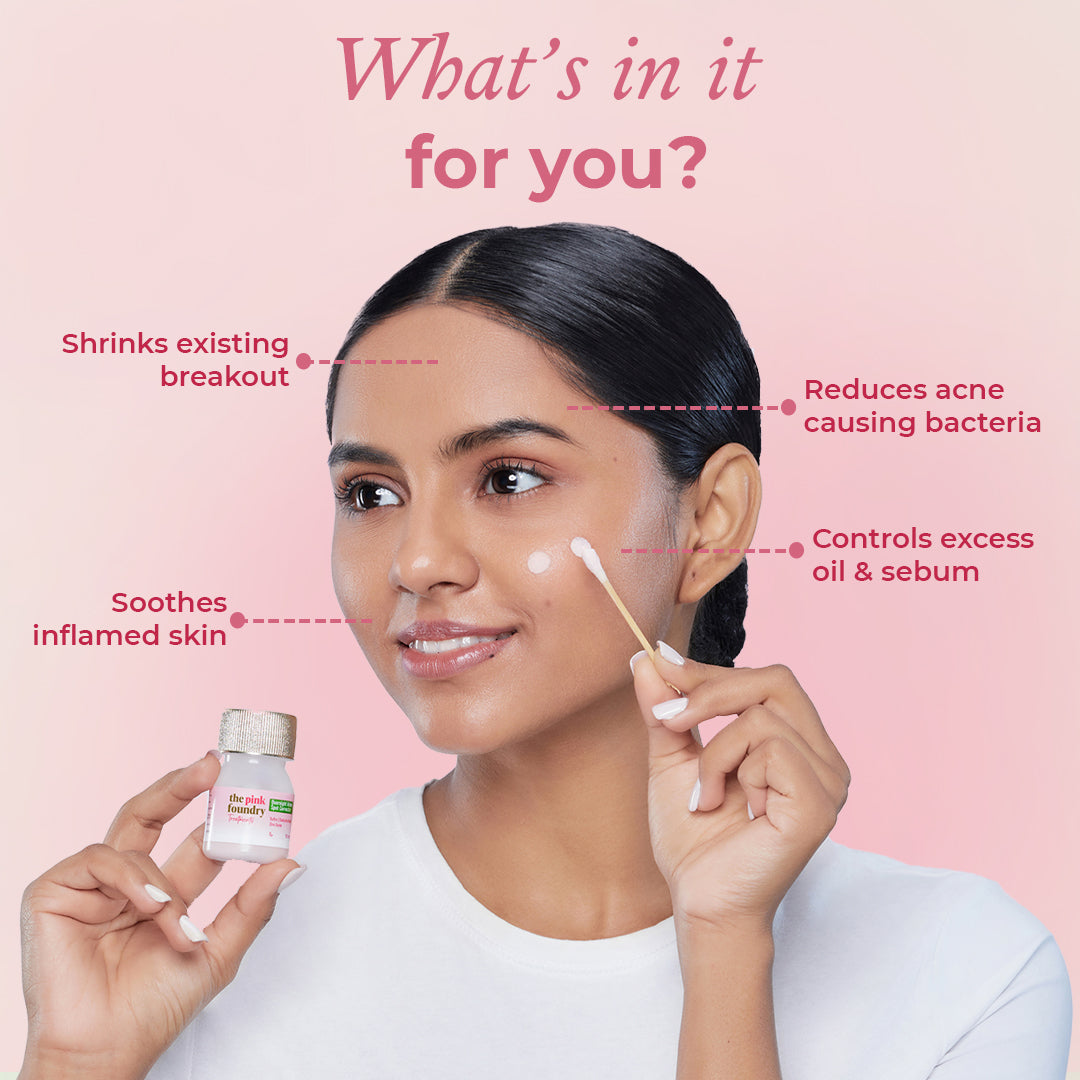
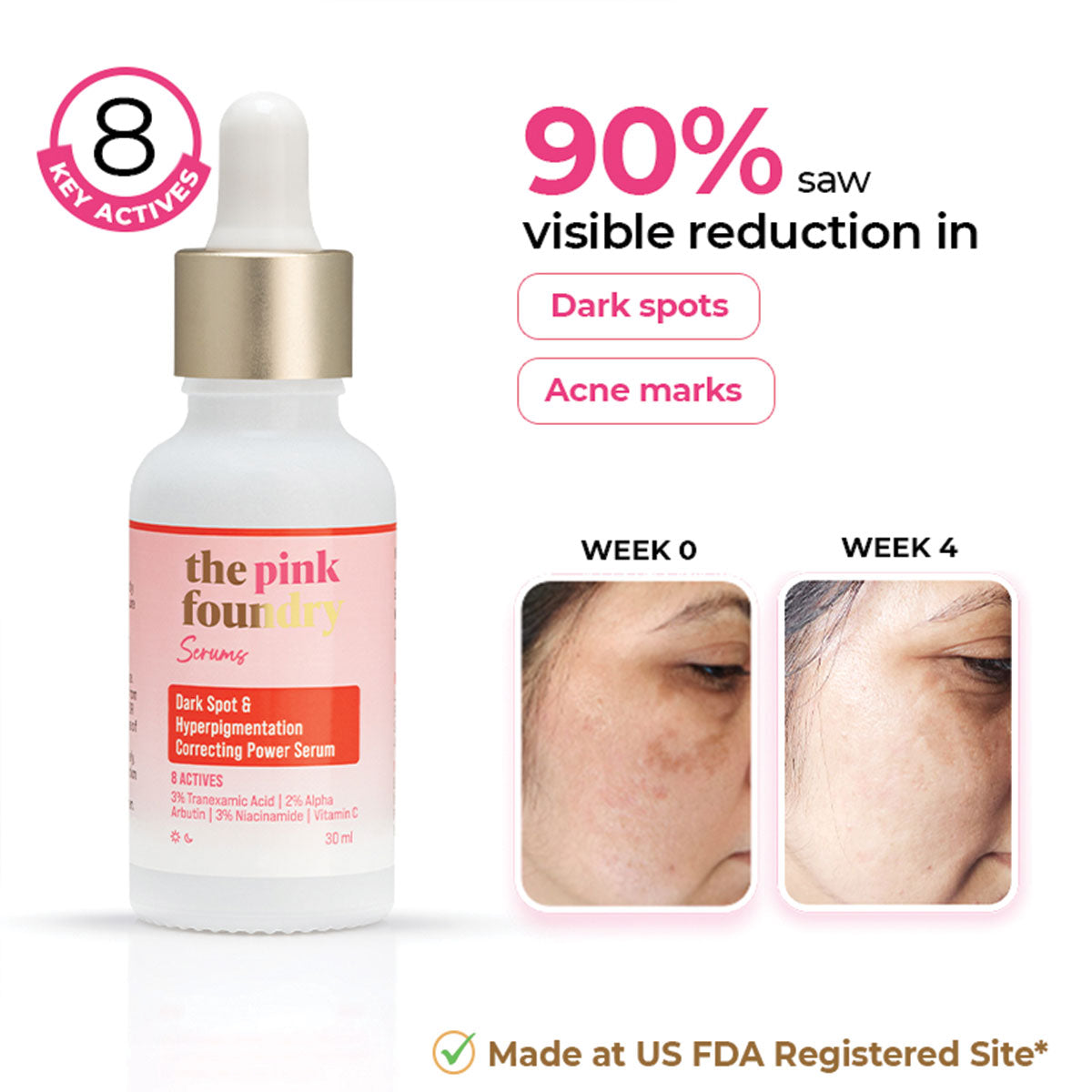
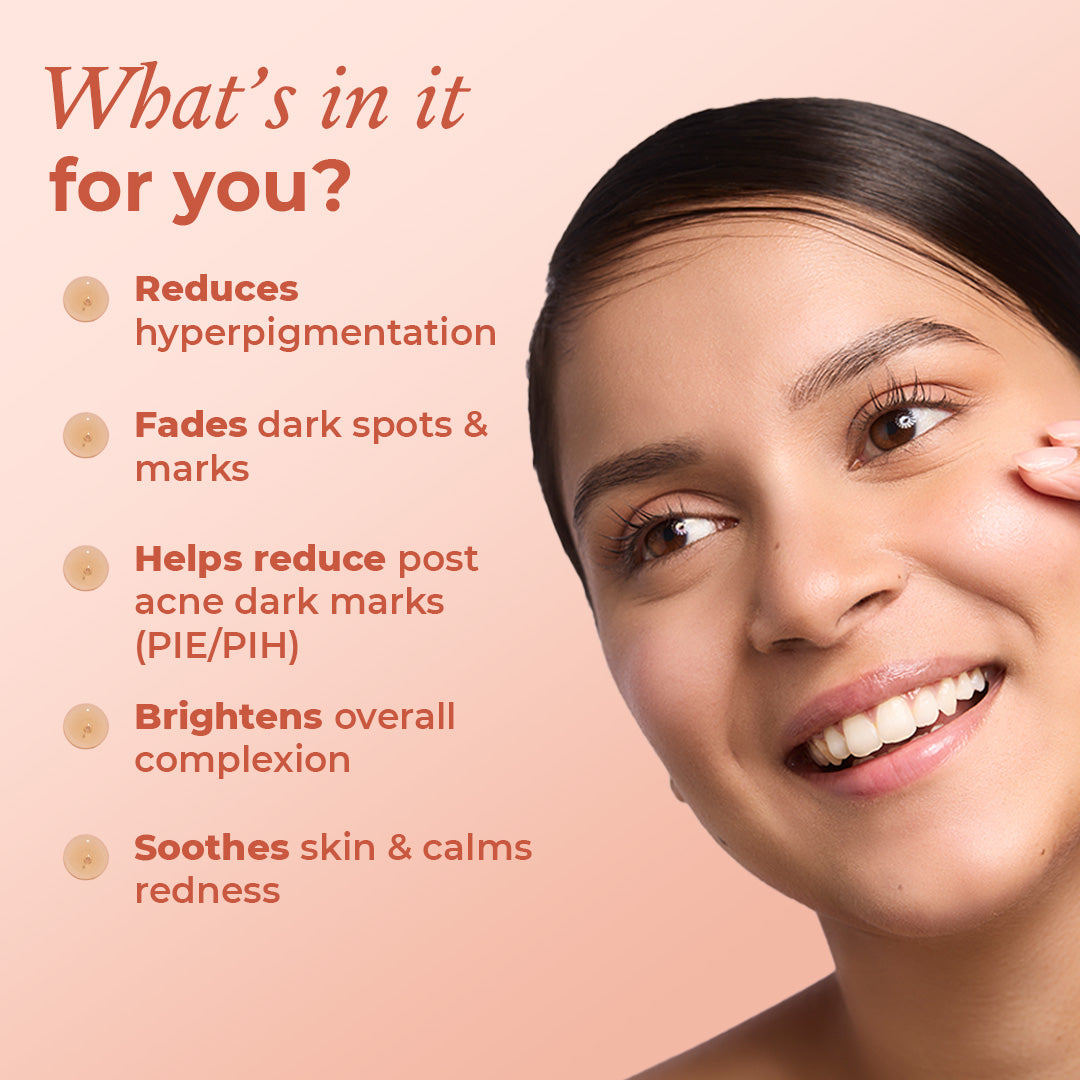
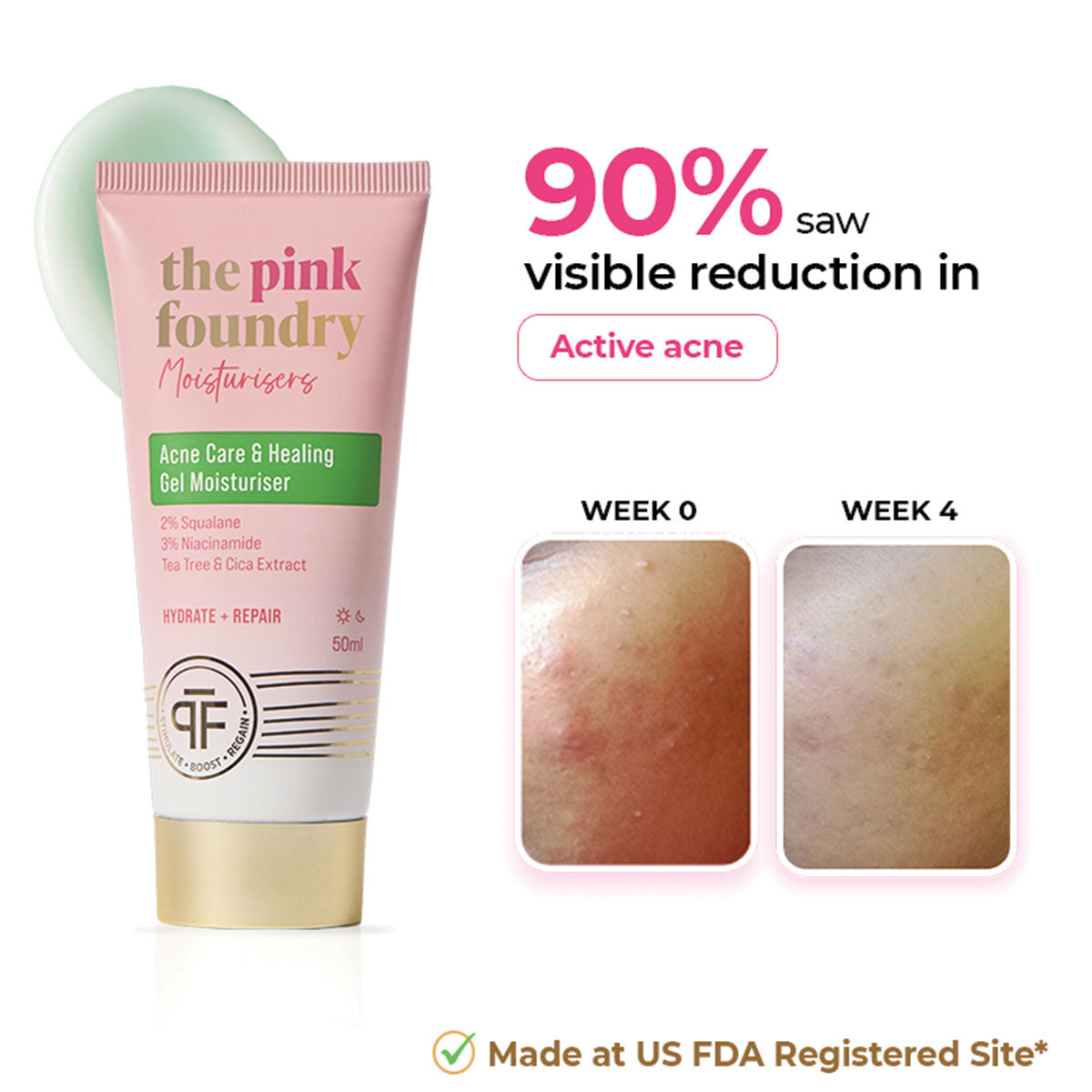
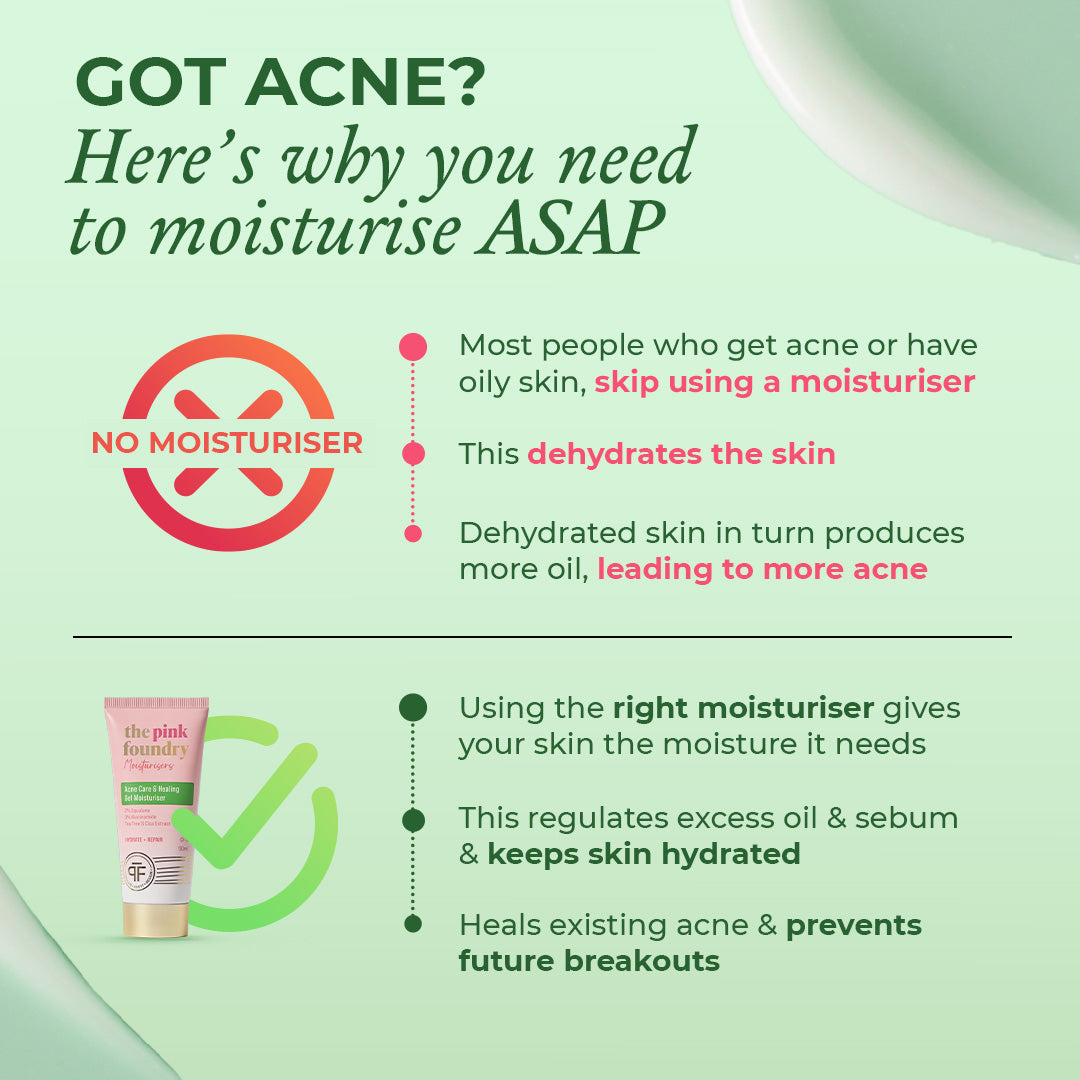
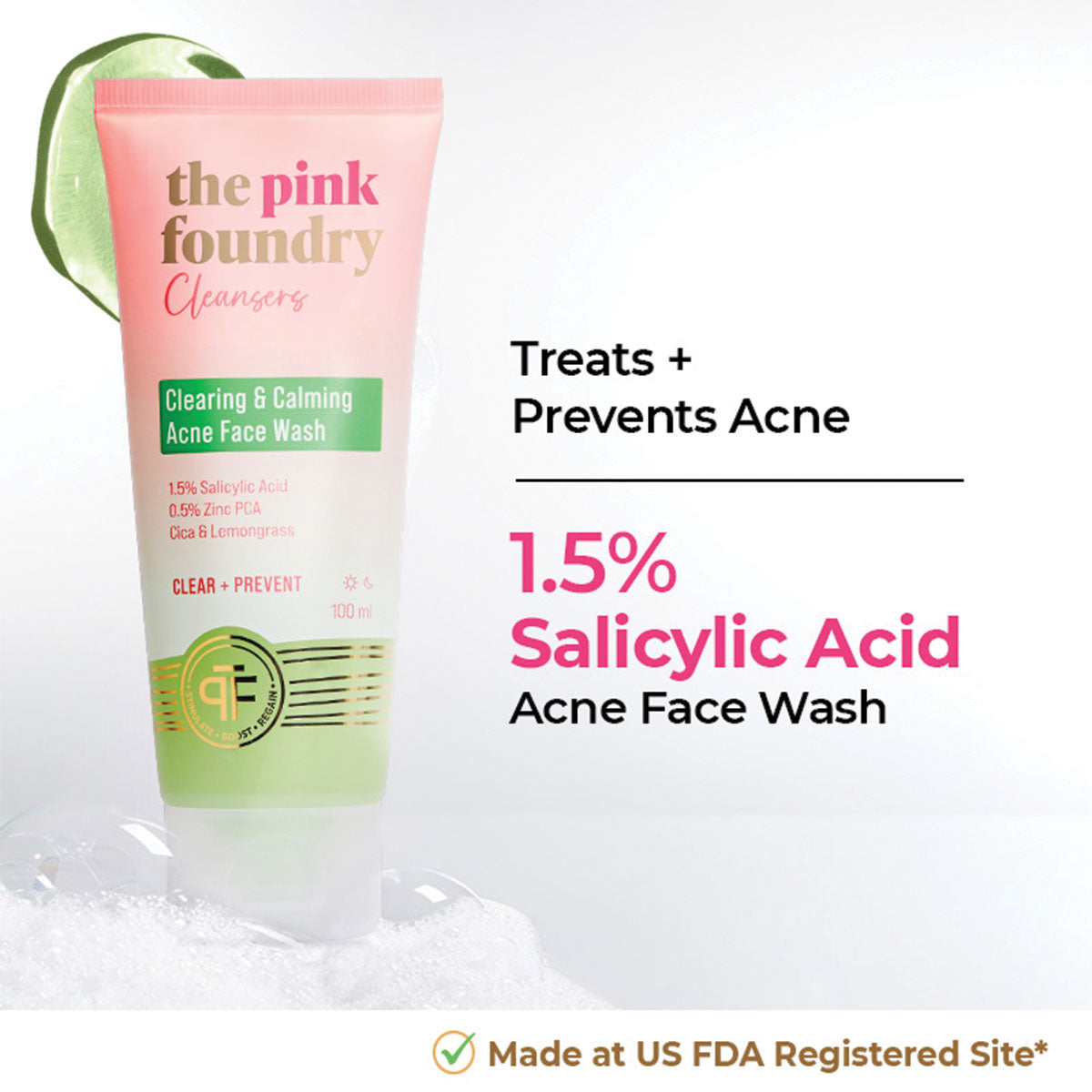
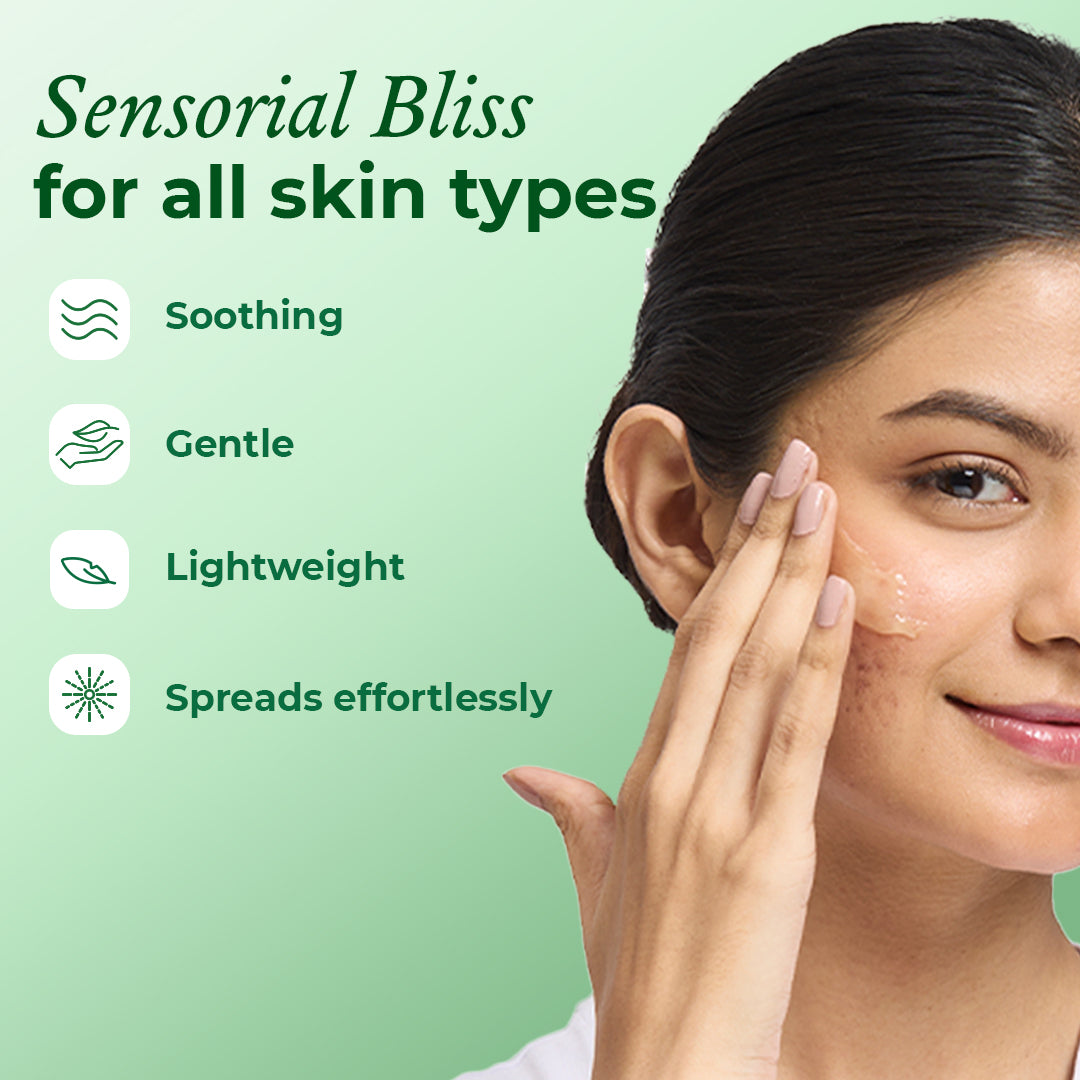
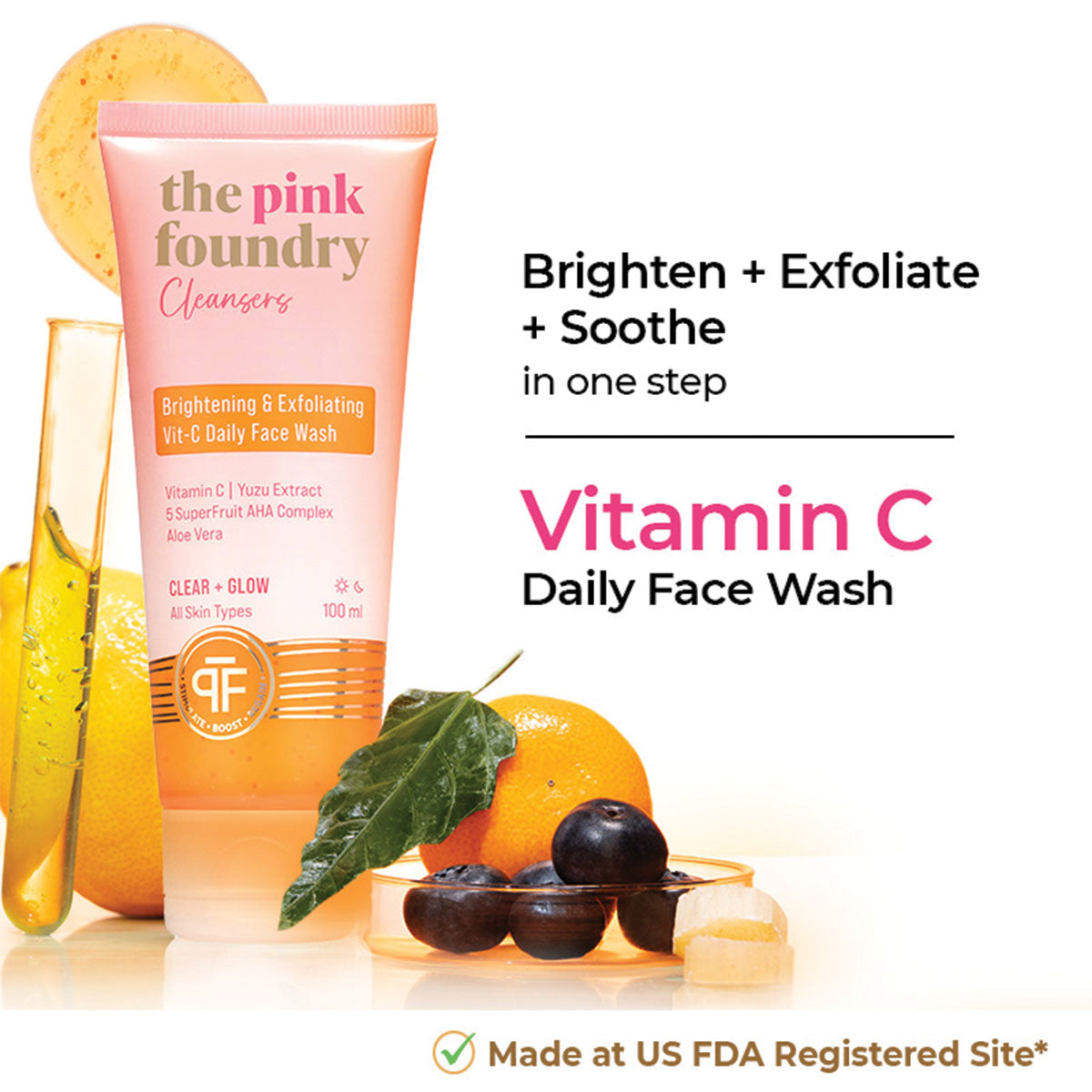
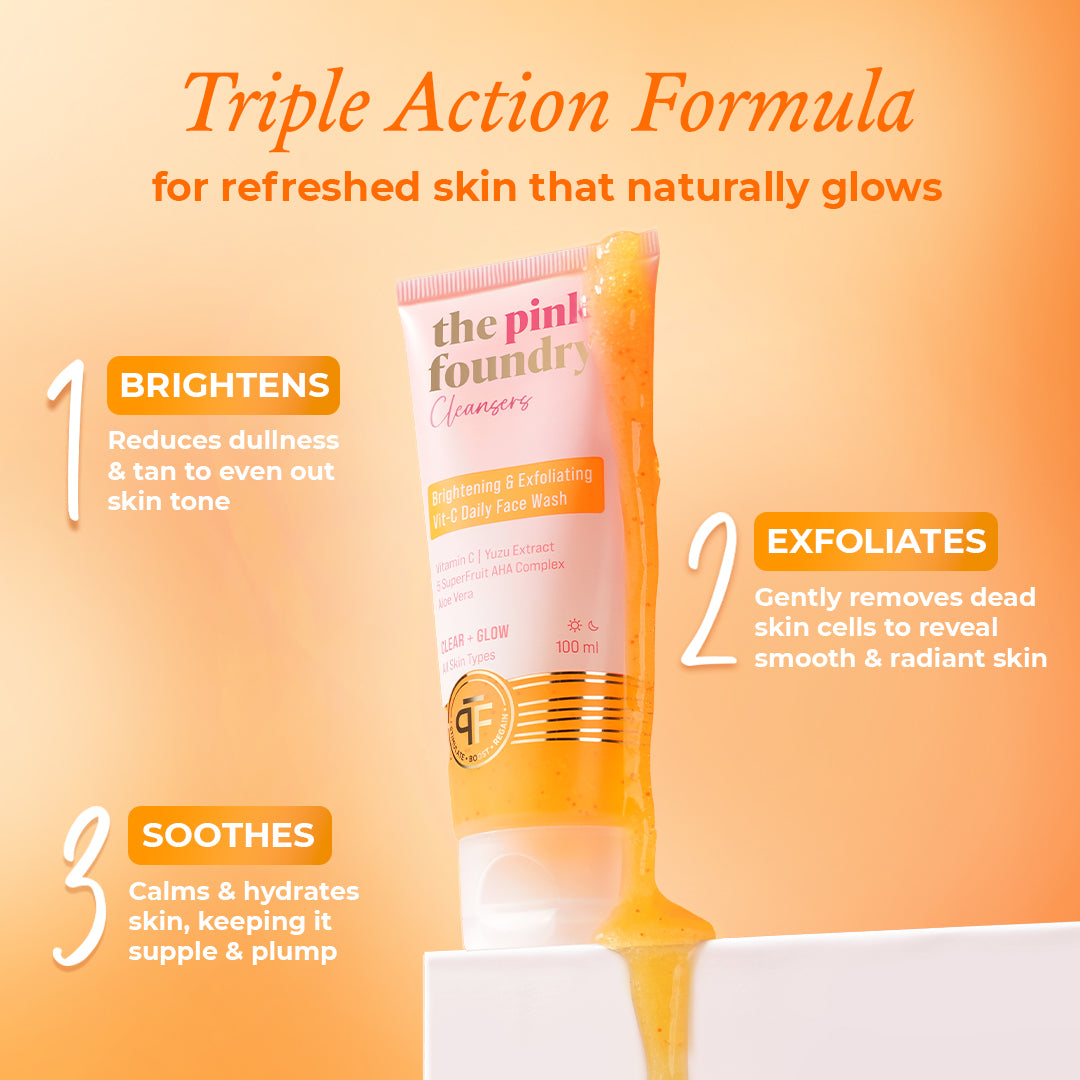

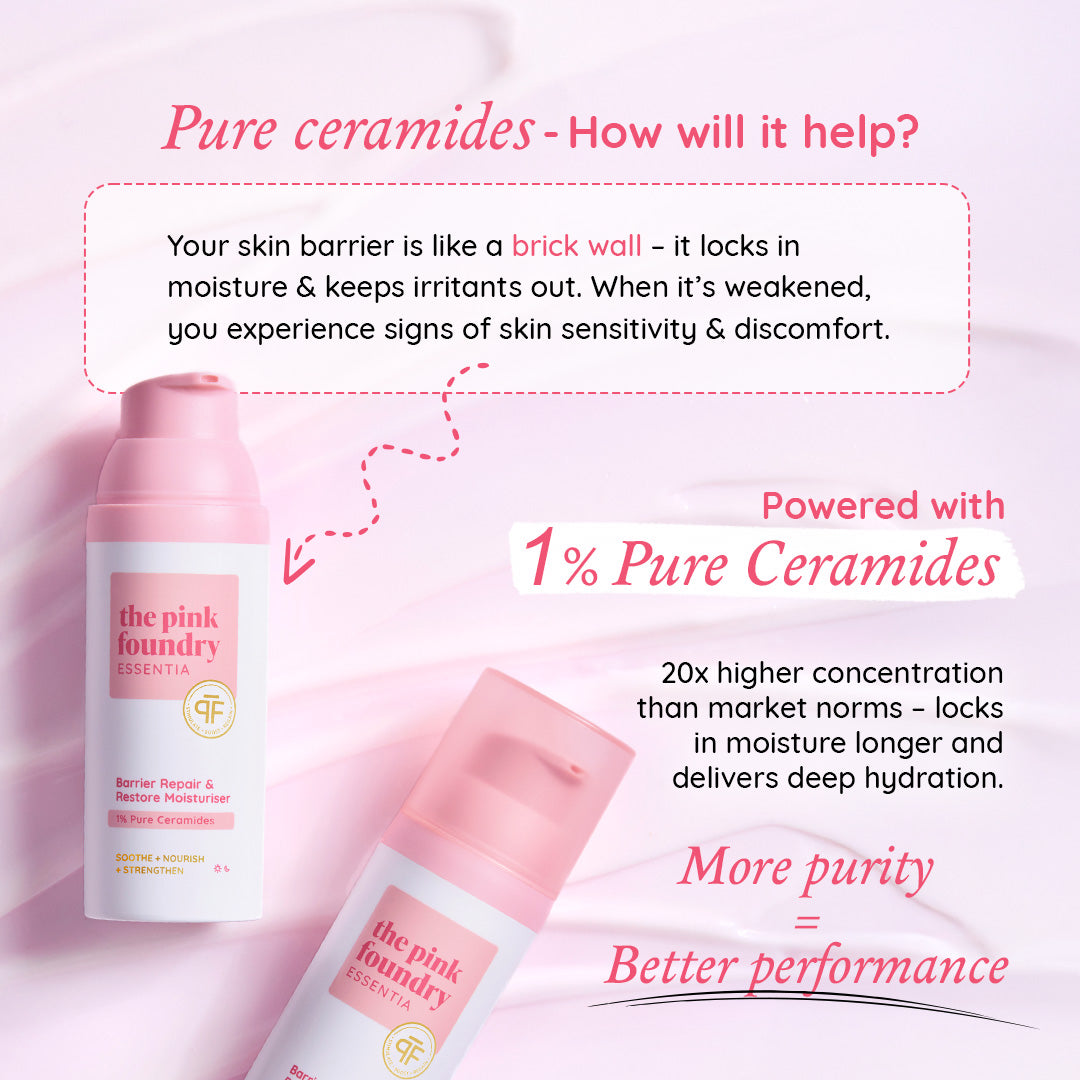




Leave a comment
This site is protected by hCaptcha and the hCaptcha Privacy Policy and Terms of Service apply.